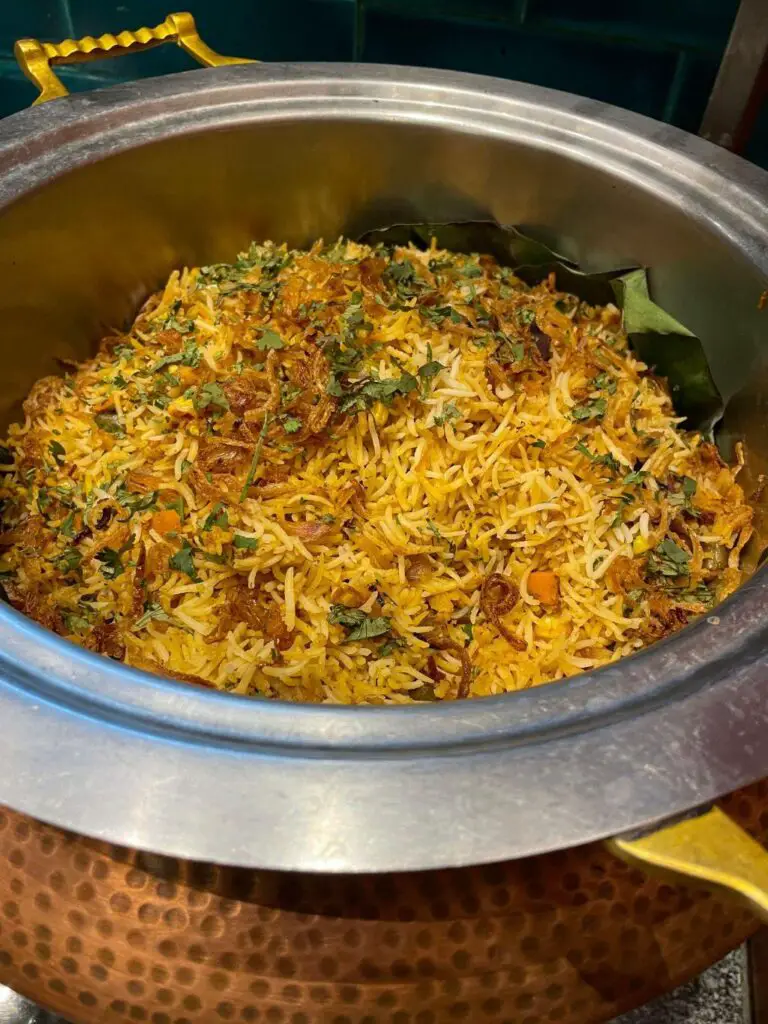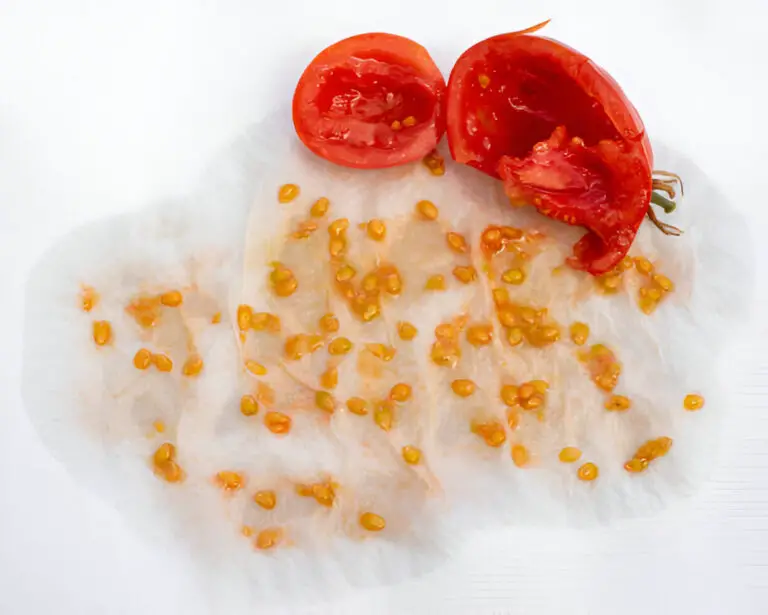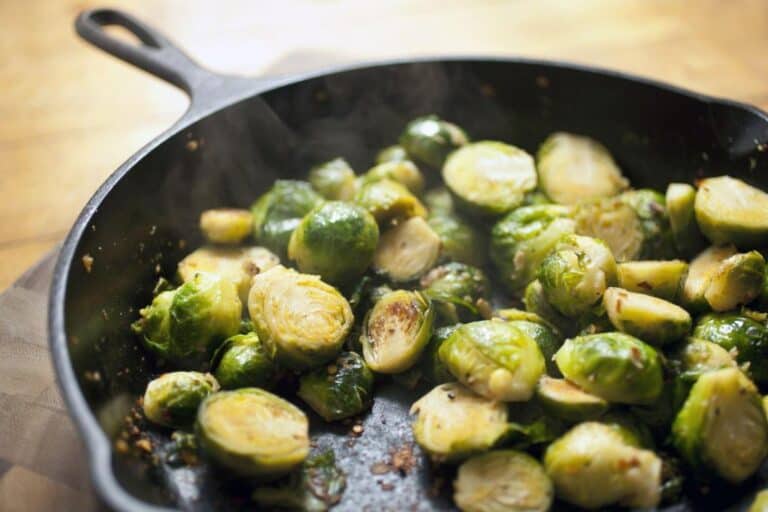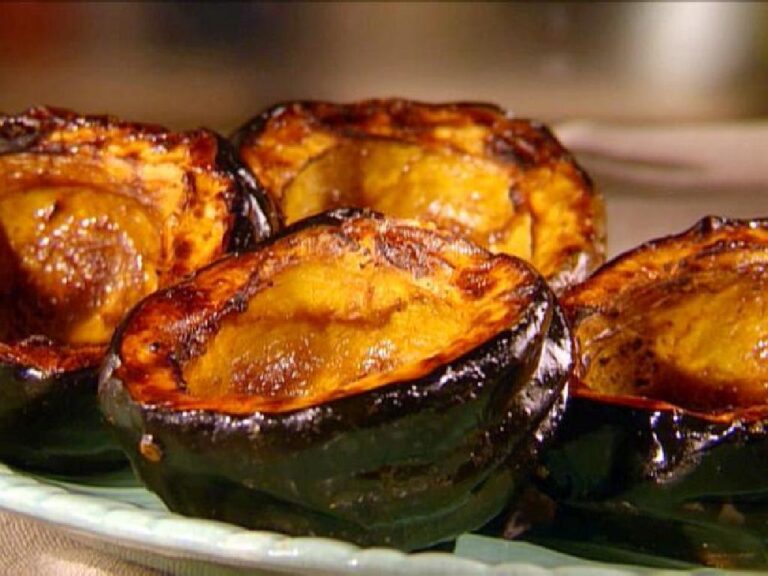How to Soften Ponmo for Cooking and Remove the Smell for Good

When it comes to cooking ponmo, or cow skin, you either love it for its chewy texture and flavor or you struggle with its toughness and lingering smell. I’ve been there. The first time I worked with ponmo, I wondered, “How can I make this softer and get rid of that distinct odor?”
After trying a few tricks and tips, I’ve learned how to deal with ponmo in a way that ensures it’s tender and free from any unwanted smells. It’s all about patience, the right techniques, and a few household staples.
What Is Ponmo?
Ponmo, also known as cow skin, is a staple in Nigerian cuisine. It’s a unique ingredient, often enjoyed for its chewy texture and its ability to soak up rich, flavorful sauces in traditional dishes like pepper soup and stew.
Ponmo is a beloved addition to meals across Nigeria, cherished for the cultural connection it brings to the table. However, it’s not always the easiest ingredient to work with, as the cowhide can be tough and often has a strong, off-putting odor if not prepared properly.
The Mystery of Ponmo: Why Is It So Tough?
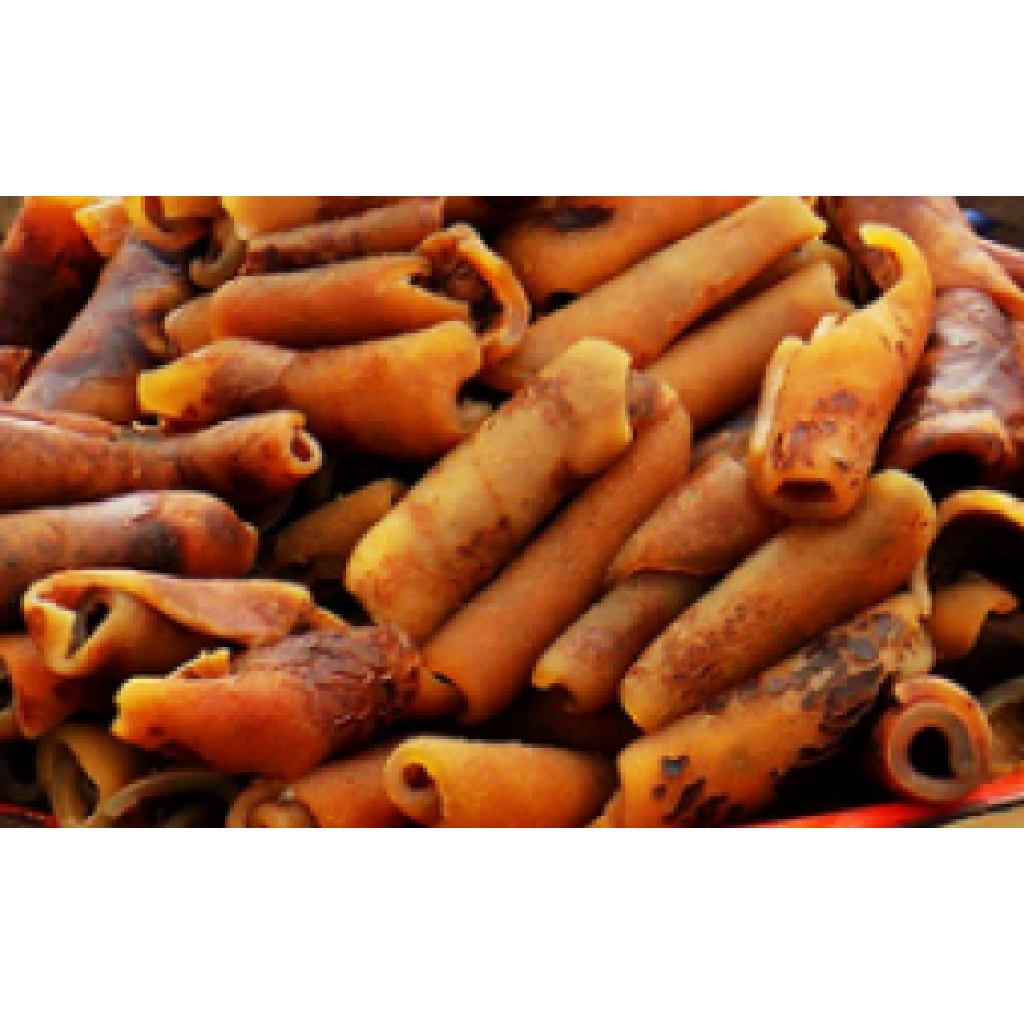
Softening ponmo is essential if you want to avoid chewing endlessly through your meal. Additionally, removing the smell is equally crucial to ensure that the richness of your dish shines through without any unpleasant aromas overshadowing it.
These two steps—softening and deodorizing—transform ponmo from a challenging ingredient into a delicious, well-integrated part of your meal, elevating your cooking experience.
Because of its texture, it can be notoriously tough, almost like trying to chew through leather if not prepared correctly. The toughness comes from the layers of collagen and proteins within the skin. Unlike meat that can be tenderized relatively easily, ponmo requires more time and specific methods to break down these tough fibers. It’s not just a matter of cooking it longer — there’s more to it.
Choosing Quality Ponmo
When it comes to cooking ponmo, the key to a delicious dish starts with choosing high-quality ponmo. Selecting fresh ponmo from trusted sources can make a world of difference in your final meal.
Whether you’re picking it up from a local market or your regular supplier, always opt for vendors who take care of their product. This ensures that you’re working with clean skins that are free from harmful chemicals or excess preservatives.
While shopping, inspect the ponmo closely. The skins should be unblemished and clean, with a natural sheen. Avoid ponmo with odd textures or discoloration, as these can be signs of poor quality or improper handling.
It’s also a good idea to check for any strange odors, as fresh ponmo should have a mild, neutral scent. Ensuring that you start with the best quality ingredients sets the stage for a flavorful and enjoyable cooking experience.
Tenderizing Ponmo: What’s the Secret?
Softening ponmo is key if you want a pleasant dining experience. I’ve found that soaking it beforehand makes a huge difference. Start by soaking the ponmo in warm water for a couple of hours. This helps soften the tough exterior. You’ll know it’s ready when it feels less rigid, though still firm.
After soaking, you’ll need to boil the ponmo for a while — this is where the magic happens. I usually boil it for about 40 minutes to an hour, depending on the size of the ponmo. You want it to be tender enough to chew, but not too soft that it falls apart in your dish.
Another trick is to add a little baking soda to the water. Baking soda breaks down the tough proteins and collagen in the skin, making it softer much quicker. However, use it sparingly. Too much can leave a weird aftertaste.
How Long Do You Boil Cow Skin?
The time can fluctuate depending on the size and thickness of the skin, the water temperature, and just how tough that particular piece happens to be. In general, though, you’ll need to allow anywhere from two to four hours to get it just right.
If your goal is to soften cow skin for recipes or to use it as a natural skin softener, you need to ensure you boil it long enough to break down the collagen. This process helps transform the usually tough hide into something much more tender and palatable. On the other hand, if you’re using cow skin for soups or stews where the texture isn’t as critical, you may not need to boil it for the full four hours.
Here’s my tip: always use a large pot with enough water to fully submerge the cow skin. Bring the water to a rolling boil before adding the skin, then keep an eye on it as it simmers away. The moment it reaches the level of tenderness you want, remove it from the heat. It’s always better to check periodically than let it boil too long and risk an overly mushy texture. With practice, you’ll learn the exact boiling time that works best for your specific dish and desired outcome.
| Read: Can You Eat Cow Skin? |
Removing the Smell: It’s All About the Prep
Ponmo has a distinctive smell that can be a turn-off for some, but luckily, there are ways to eliminate it. The trick I swear by is scrubbing the skin thoroughly. Before cooking, give the ponmo a good scrub with some coarse salt.
This not only helps with softening but also gets rid of any surface impurities and reduces the smell. I then rinse it off with a mixture of vinegar and water. The acidity from the vinegar helps neutralize any lingering odors. Some people prefer using lemon juice, and that works just as well.
Once boiled, you can also give the ponmo a second rinse in cold water. I’ve noticed that this step really helps freshen it up, leaving behind a cleaner flavor without that strong smell.
| Step | Action | Why it Works |
| 1 | Soak in warm water | Softens the tough skin |
| 2 | Scrub with salt | Removes impurities and reduces odor |
| 3 | Boil with baking soda | Tenderizes faster by breaking down collagen |
| 4 | Rinse with vinegar or lemon juice | Neutralizes lingering smells |
Cooking Ponmo: The Final Step
After all the prep work, you’re ready to cook the ponmo. Whether you’re adding it to soups, stews, or simply grilling it, the softened ponmo will now absorb the flavors of your dish beautifully. One of my favorite ways to enjoy it is in a spicy pepper sauce. The ponmo, now tender and free from that overpowering smell, becomes a perfect canvas for rich and bold flavors.
Ponmo is also great in traditional dishes like egusi or vegetable soup. Since cow skin already softened and prepared, it can simmer alongside other ingredients, soaking up the spices and becoming a delicious, chewy addition.
Final Thoughts: Ponmo Done Right
There’s no doubt that ponmo, when prepared the right way, can elevate a dish. But it requires the right techniques to avoid toughness and any off-putting smells. By soaking, scrubbing, boiling, and rinsing, you’ll be able to enjoy tender, flavorful ponmo every time. Don’t be afraid to experiment with flavors either—ponmo pairs well with anything spicy or bold. Whether you’re new to cooking it or just looking for better results, these steps will guide you to ponmo perfection!

